#Gothic design
Explore tagged Tumblr posts
Text
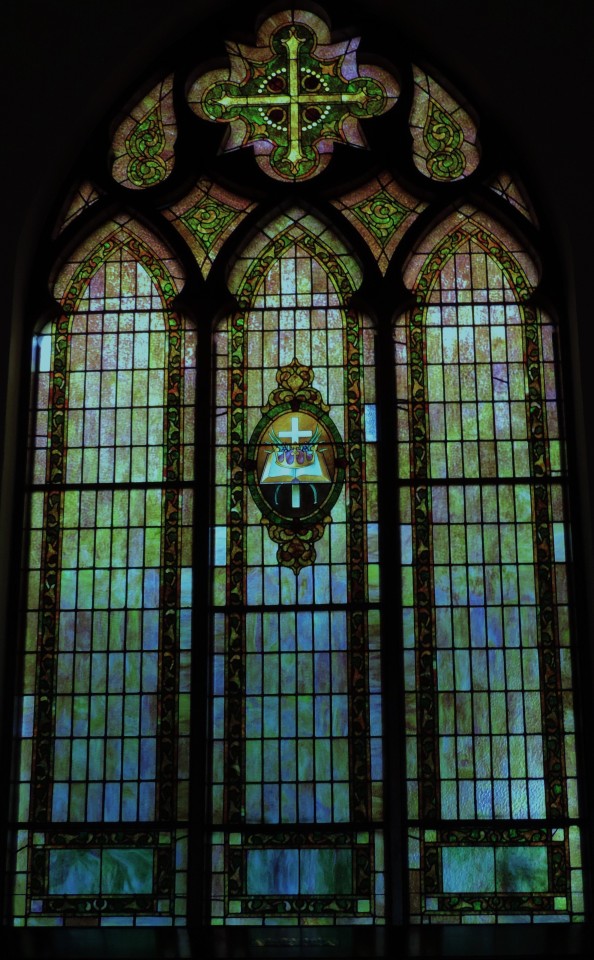
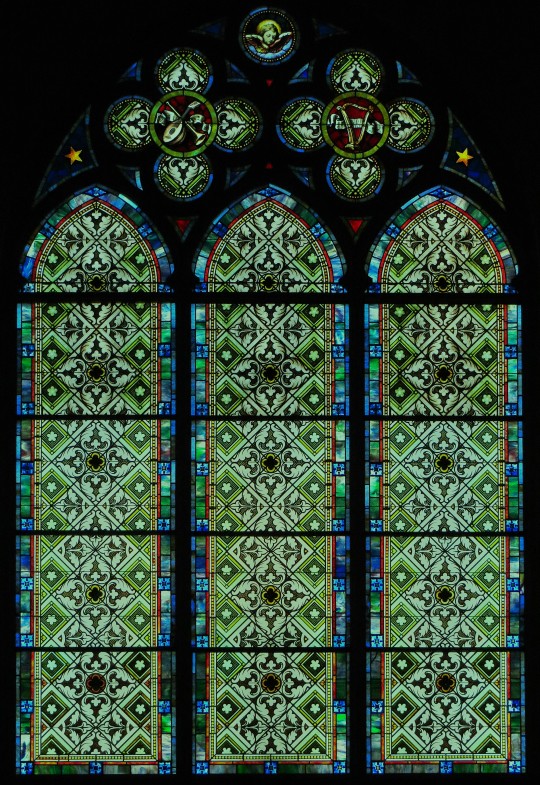
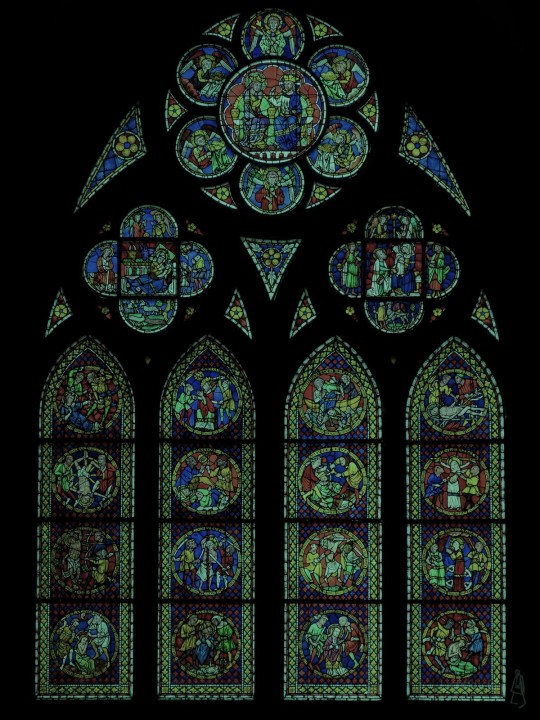
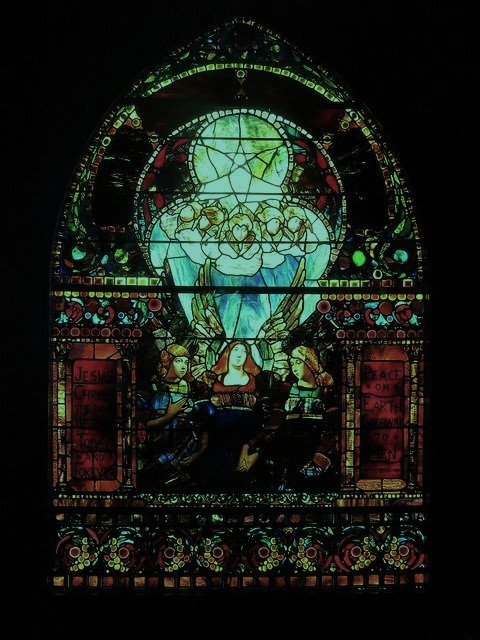
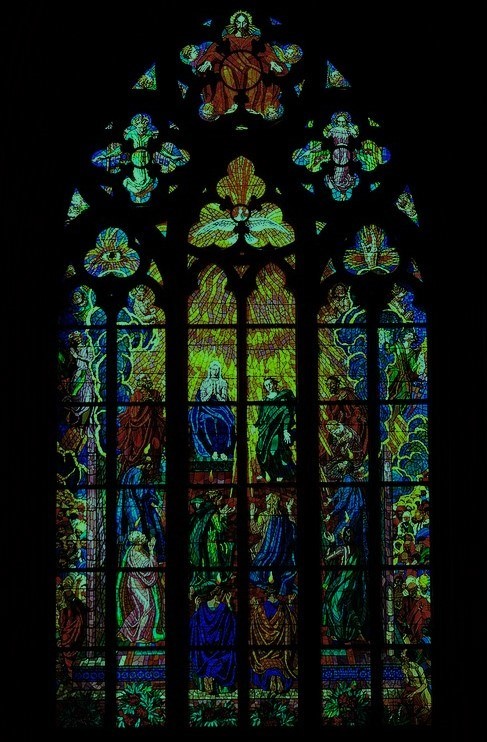
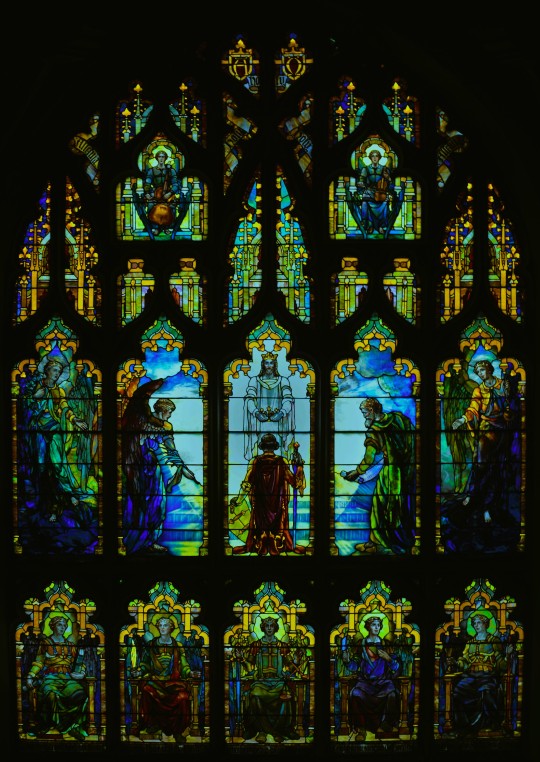
Stained Glass Window
Saint Teresa of Avila Parish
Freiburg Minster
Smith Museum of Stained Glass Windows, Chicago
Prague : Stained glass / St. Vitus Cathedral
Tiffany Stained Glass
#edited#architecture#interior#goth architecture#gothic architecture#gothic#goth#gothic aesthetic#romantic goth#goth aesthetic#gothique#gothic design#stained glass#gothic cathedral#cathedral#whimsigoth#whimsigothic#window#stained glass window#church#church window#stained glass art#pictures not mine
5K notes
·
View notes
Text

#goth decoration#goth decor#goth design#gothic decor#gothic design#goth bedroom#gothic bedroom#aesthetic#goth girl#alternative goth#gothic#goth aesthetic#gothstyle#goth#goth model#gothique#dark core gothique
744 notes
·
View notes
Text

#goth interior#goth decor#goth design#goth house#gothic decor#gothic design#gothic interior#goth#gothic
999 notes
·
View notes
Text

#things i love#architecture#inspo#interiors#webgate#gothic#dark academia#goth aesthetic#goth girl#gothic design#dark core gothique#pinterest#moodboard#aesthetic#goth#whimsigoth#whimsicore
565 notes
·
View notes
Text
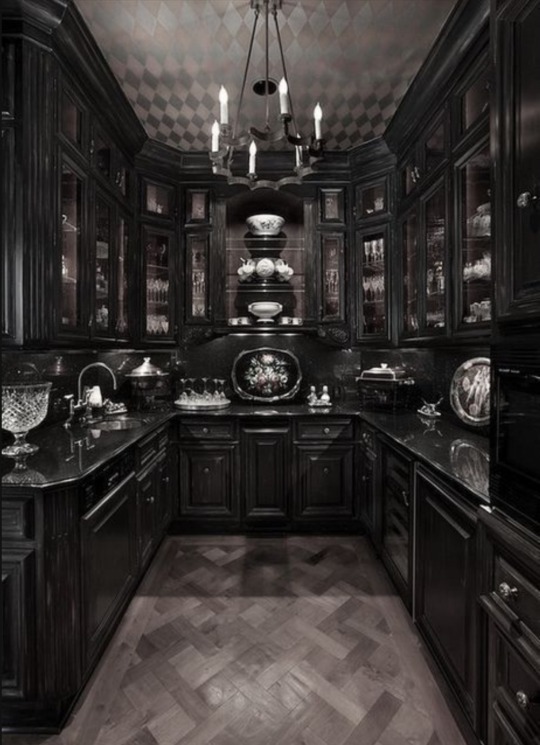
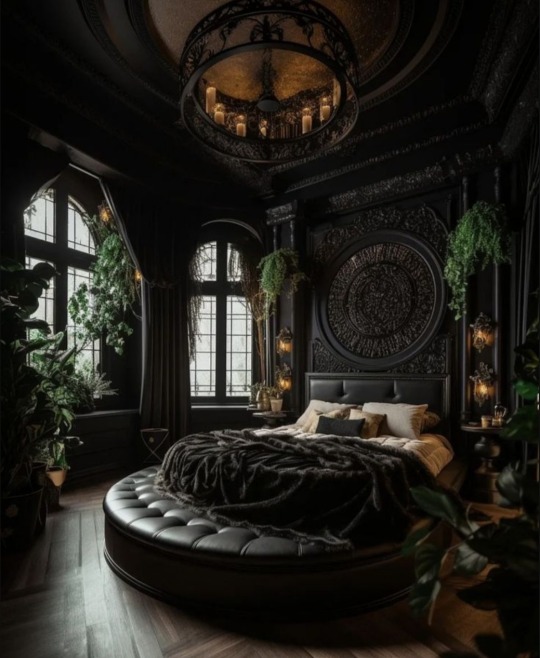
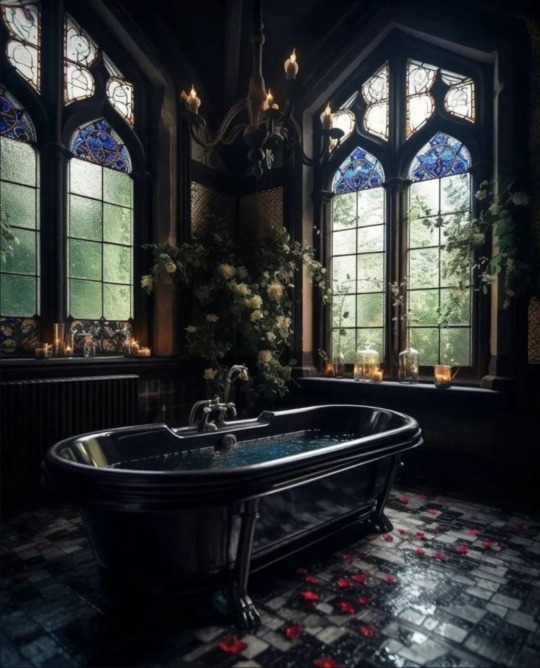

#goth inspo#goth architecture#goth decor#gothic decor#gothic design#room design#design#room decor#goth#gothic fashion#gothic#goth aesthetic#gothcore#gothic aesthetic#gothic architecture#aesthetic#dark aesthetic#dark art#dark#dark cottagecore#darkness#darkcore#dark fairycore#dark grunge#blackandgray#roomdecor#living room#decor inspo#decor ideas#decor inspiration
986 notes
·
View notes
Text

Candle and soft light>>
#gothic#goth aesthetic#vampire#vampire aesthetic#romantic goth#alt aesthetic#vampire goth#candles#home decor#decor#alt style#goth accessories#goth style#gothic accessories#whismigoth#whismical#medieval fantasy#dark fantasy#fantasy#goth home#goth decor#gothic decor#gothic design#alt decor
52 notes
·
View notes
Text




I went to the most beautiful studio today called The Wild Rose. Rachael Rose has incredible style.
#pale#dark#goth#nu goth#gothic#grunge#style#gothgoth#studio#Rachael Rose#The wild rose#witch#witchy#aesthetic#goth aesthetic#flowers#dried flowers#mine#interior design#gothic decor#gothic design#goth interior#goth inspo#dark aesthetic
121 notes
·
View notes
Text




559 notes
·
View notes
Text


she’s all finished & for salee !! 🫶
made with a fox skull, mandibles & rib bones !! all found deceased, cleaned & processed by me 🖤
#oddities and curiosities#odditycollector#oddities#oddcore#taxidermy art#taxidermy#dead art#dead animal#found dead#vulture culture#macabre#gothic decor#goth style#goth art#goth aesthetic#goth#gothcore#romantic goth#dark acadamia aesthetic#dark aesthetic#witch aesthetic#witchblr#witchcraft#gothique#gothic design#gothic style#goth fashion#curiosities#curio cabinet#curio
40 notes
·
View notes
Text

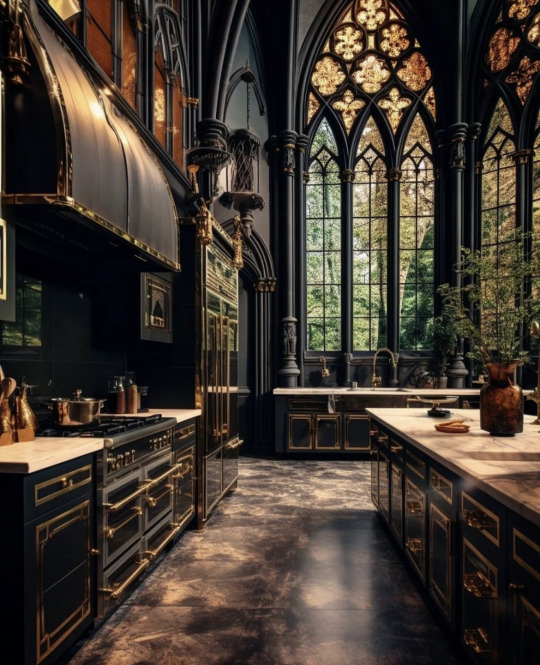
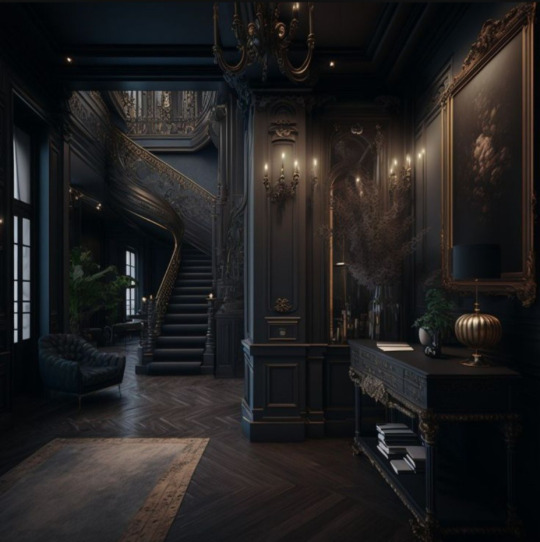
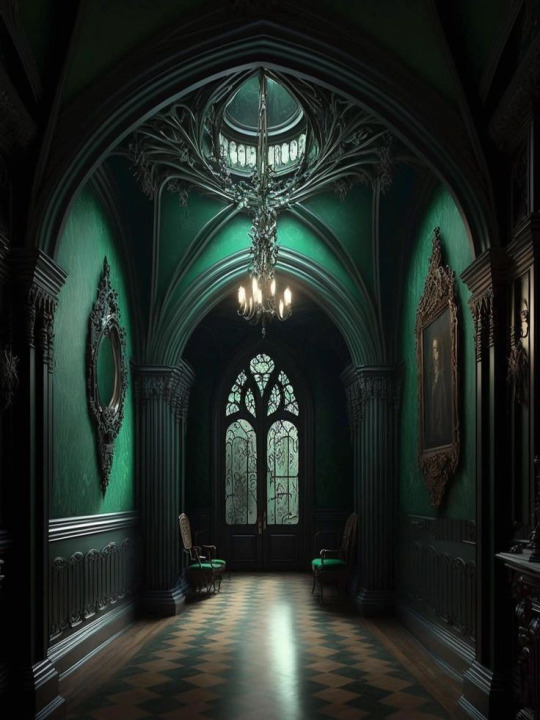

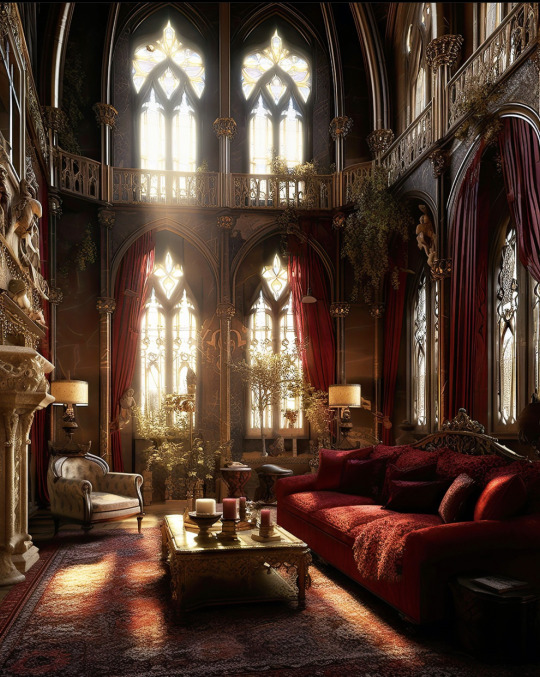
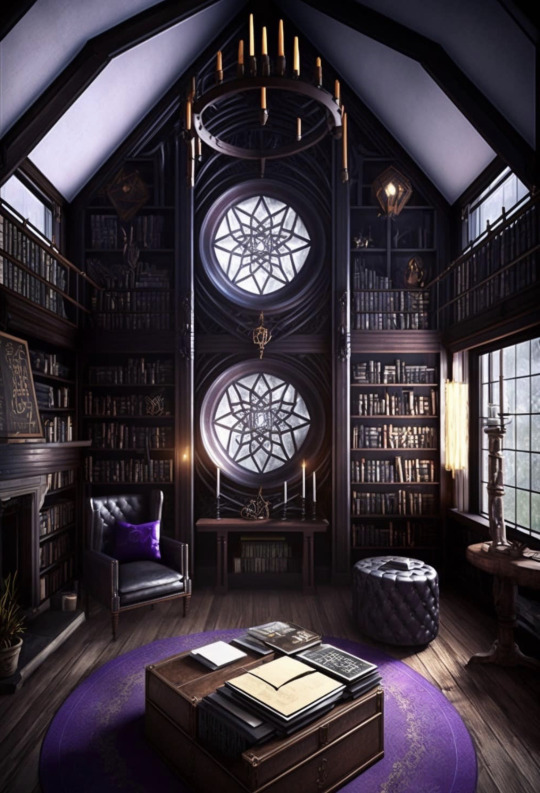
Artist Credits: Beep Boop Art, Ben Myhre, Lolita, Daryl Anselmo
#gothic interior#gothic home design#white gothic design#a frame#architecture#interiors#goth core#kitchens#libraries#halls#bedroom#dining room#sitting room#reading room#staircases#gothic design
112 notes
·
View notes
Text

A traditional design with beautiful views
#toya's tales#style#toyastales#toyas tales#home decor#interior design#architecture#balcony#outdoor seating#outdoor space#porch#gothic#gothic design#traditional design#traditional house design#traditional home#traditional#october#autumm#fall#plant lover#plants#tile floor#hexagon#topiary#classic house#classic design#classic home#classic#timeless
81 notes
·
View notes
Text
Elegance of Gothic Cathedrals
First, let me start by saying that architecture is one of my many interests so today I thought I would talk about Gothic architecture mainly in cathedrals.
Gothic architecture has left an indelible mark on the history of design, particularly in its most enduring creations—the cathedrals of Europe. Rising out of the medieval period, these grand edifices are known for their intricate craftsmanship, ethereal beauty, and symbolic power. From the 12th century until the 16th century, this architectural style flourished, transforming the very concept of sacred space.
At the heart of Gothic architecture lies a unique blend of engineering innovation and theological symbolism. Cathedrals such as Notre-Dame de Paris, Chartres, and Cologne are far more than stone structures; they are testaments to humanity’s artistic ambition, cultural heritage, and spiritual aspirations.
The Defining Features of Gothic Architecture
Gothic architecture is immediately recognizable through a few key elements. The most prominent of these are the pointed arches, ribbed vaults, and flying buttresses. These architectural advances not only contributed to the grandeur of the buildings but also solved practical challenges, allowing for higher ceilings and larger windows.
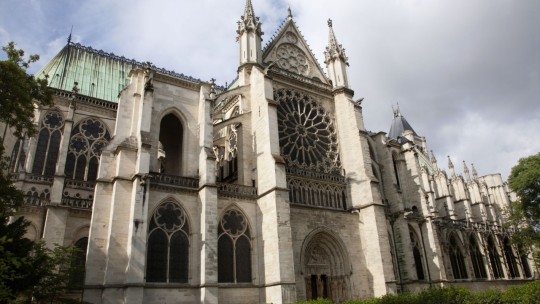
1. Pointed Arches
While the round arches of Romanesque architecture were limited in their ability to support large structures, the pointed arch became a hallmark of the Gothic style. Not only was it more structurally sound, but it also created a sense of verticality that became symbolic of reaching toward the divine. The pointed arches draw the viewer’s gaze upward, fostering a sense of contemplation and reverence.
2. Ribbed Vaults
The ribbed vault was another technological breakthrough of the Gothic era. Instead of relying on heavy walls to support the weight of the building, ribbed vaults distributed the load more evenly, enabling the construction of expansive, open interiors. This innovation allowed for taller, more slender columns, contributing to the light and airy atmosphere of the cathedrals. The skeletal framework of ribs not only supported the structure but also emphasized its intricate geometry, adding layers of visual interest.
3. Flying Buttresses
One of the most iconic features of Gothic cathedrals is the flying buttress. These external supports allowed builders to create thinner walls and incorporate vast stained glass windows, transforming the interior space into a kaleidoscope of light. Flying buttresses also underscored the sense of weightlessness that Gothic cathedrals are known for, making these colossal stone buildings appear as if they were floating. These buttresses were both functional and ornamental, adding to the overall harmony and grandeur of the design.
Symbolism in Gothic Architecture
Gothic cathedrals were not only masterpieces of engineering; they were also deeply symbolic. Every element, from the smallest decorative detail to the towering spires, carried spiritual significance.
1. Verticality and Light
The primary aim of the Gothic architect was to create a space that connected the earthly with the divine. The vertical lines of the cathedrals, their soaring spires, and tall columns were designed to lift the spirit upward, toward the heavens. This sense of verticality mirrored the medieval mindset, in which heaven was a place far above the earth, a place of ultimate beauty and perfection.
Light, too, played a crucial symbolic role. Stained glass windows, often depicting biblical stories or saints, were not merely decorative. They were intended to serve as a divine light, illuminating the interior of the cathedral with vibrant colors, casting a sacred glow that inspired awe and devotion. The famous rose windows, such as the one at Notre-Dame, serve as visual representations of heavenly perfection.
2. The Role of Ornamentation
The level of detail in Gothic cathedrals is nothing short of astonishing. Facades are adorned with intricate carvings, gargoyles, and statuary, all of which tell a story. The carvings of saints, biblical scenes, and even fantastical creatures served both as religious instruction and spiritual contemplation for those who could not read.
Gargoyles, while often seen as grotesque, were symbolic as well. In addition to their practical role in diverting water away from the building, they were thought to ward off evil spirits. Meanwhile, the sheer intricacy of the carvings, such as those seen at Chartres or Reims Cathedral, was meant to reflect the divine beauty and complexity of creation.
Famous Gothic Cathedrals
1. Notre-Dame de Paris
Perhaps the most famous Gothic cathedral in the world, Notre-Dame de Paris exemplifies the best of this architectural style. Constructed between 1163 and 1345, Notre-Dame boasts all the quintessential elements of Gothic architecture, from its twin towers to its flying buttresses. The interior is equally impressive, with ribbed vaults and a stunning rose window that fills the space with colored light.
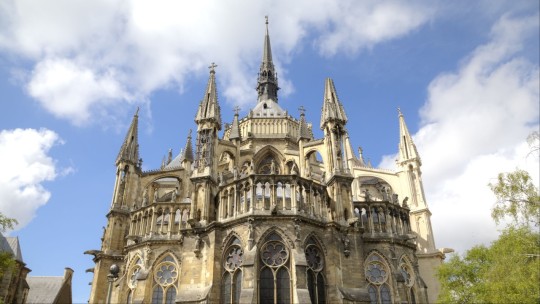
Tragically, the 2019 fire that destroyed much of the roof and spire has only deepened global appreciation for Notre Dame’s cultural significance. Restoration efforts have focused on faithfully recreating the original design, reinforcing its importance in both architectural and spiritual history.
2. Cologne Cathedral
Cologne Cathedral, located in Germany, stands as one of the tallest Gothic structures in the world, with its twin spires reaching a staggering 157 meters (515 feet) into the sky. Construction on the cathedral began in 1248, but it was not completed until 1880, making it one of the longest construction projects in history. Despite this long timeline, the cathedral’s design remained consistent with its original Gothic vision, with its dark stone exterior, massive flying buttresses, and ornate details.
3. Chartres Cathedral
Chartres Cathedral, located in France, is renowned for its architectural unity and its remarkable collection of stained glass windows. It is one of the best-preserved examples of High Gothic architecture. The cathedral’s West façade, known as the Royal Portal, is adorned with statues of kings, queens, and biblical figures, while the labyrinth embedded in the floor was used as a meditative tool by pilgrims.
Gothic Architecture’s Influence on Modern Design
Even today, the influence of Gothic cathedrals can be seen in modern architecture. Neo-Gothic structures such as New York’s St. Patrick’s Cathedral and London’s Palace of Westminster bear clear marks of their medieval predecessors. The verticality, use of pointed arches, and intricate ornamentation have all been adapted to contemporary sensibilities, proving the timelessness of this architectural style.
Moreover, the spirit of innovation that defined Gothic architecture continues to inspire modern architects. While materials and technologies may have changed, the desire to push the boundaries of design and create spaces that evoke awe and wonder remains as strong as ever.
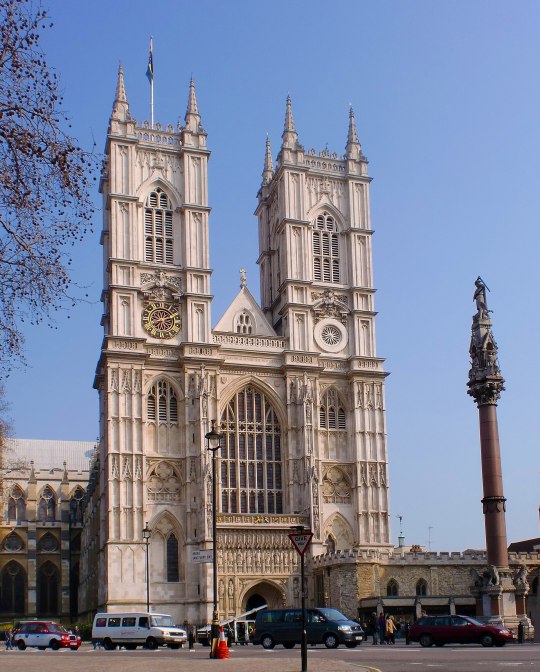
Gothic cathedrals are not only architectural marvels but also profound expressions of faith, culture, and human ingenuity. These towering structures continue to stand as timeless monuments to a bygone era, inviting us to contemplate the divine and to marvel at the artistic achievements of the past. The elegance and grandeur of Gothic architecture remind us of the power of design to transcend time, connecting us to both history and the sublime.
#Gothic Architecture#Cathedrals#Gothic Cathedrals#Notre-Dame de Paris#Cologne Cathedral#Chartres Cathedral#Medieval Architecture#Flying Buttresses#Ribbed Vaults#Stained Glass Windows#Rose Windows#Pointed Arches#Gothic Design#Religious Architecture#Neo-Gothic#Sacred Spaces#Architectural History#Church Architecture#Architecture Symbolism#Gothic Revival
9 notes
·
View notes
Text

#goth decoration#goth design#goth decor#goth dress#gothic decor#dark gothic#gothic design#aesthetic#goth girl#alternative goth#gothic#goth aesthetic#gothstyle#goth#goth model#gothique#dark core gothique#dark beauty#dark aesthetic#gothic fashion#gothic lolita#goth art#goth fashion#goth gf#goth outfit#goth style#goth vibes#gothcore#gothgirl#gothgoth
233 notes
·
View notes
Text


2K notes
·
View notes
Text
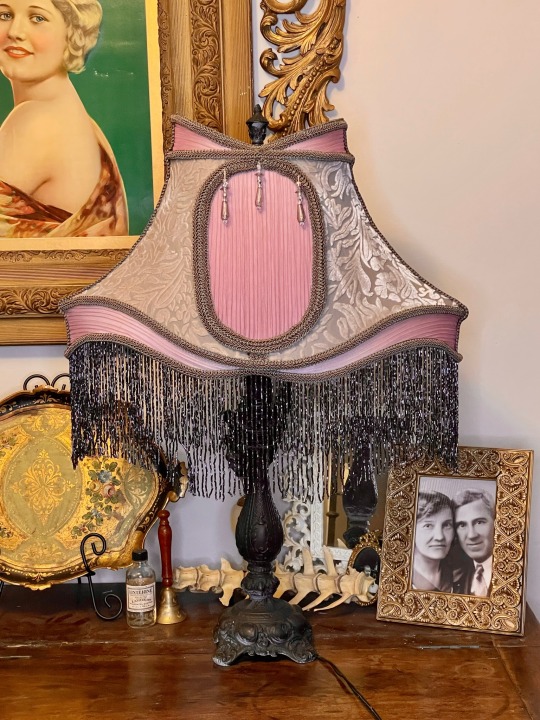
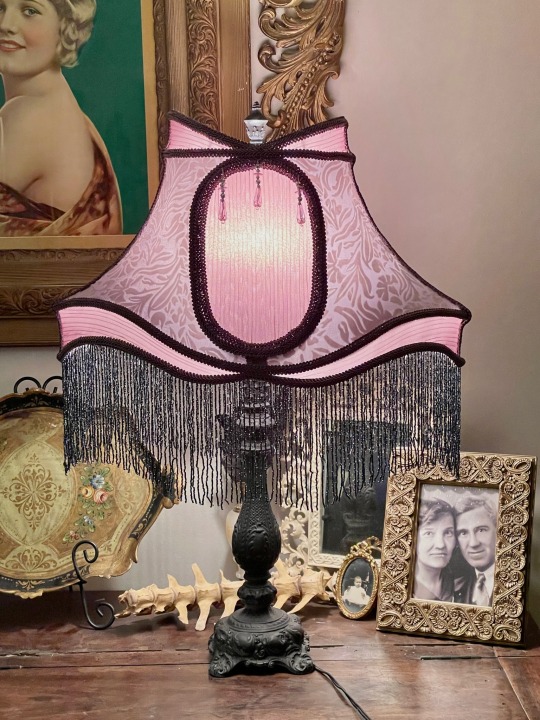
The fourth installment in the Dracula lampshade series: "Jonathan Harker"
67 notes
·
View notes






